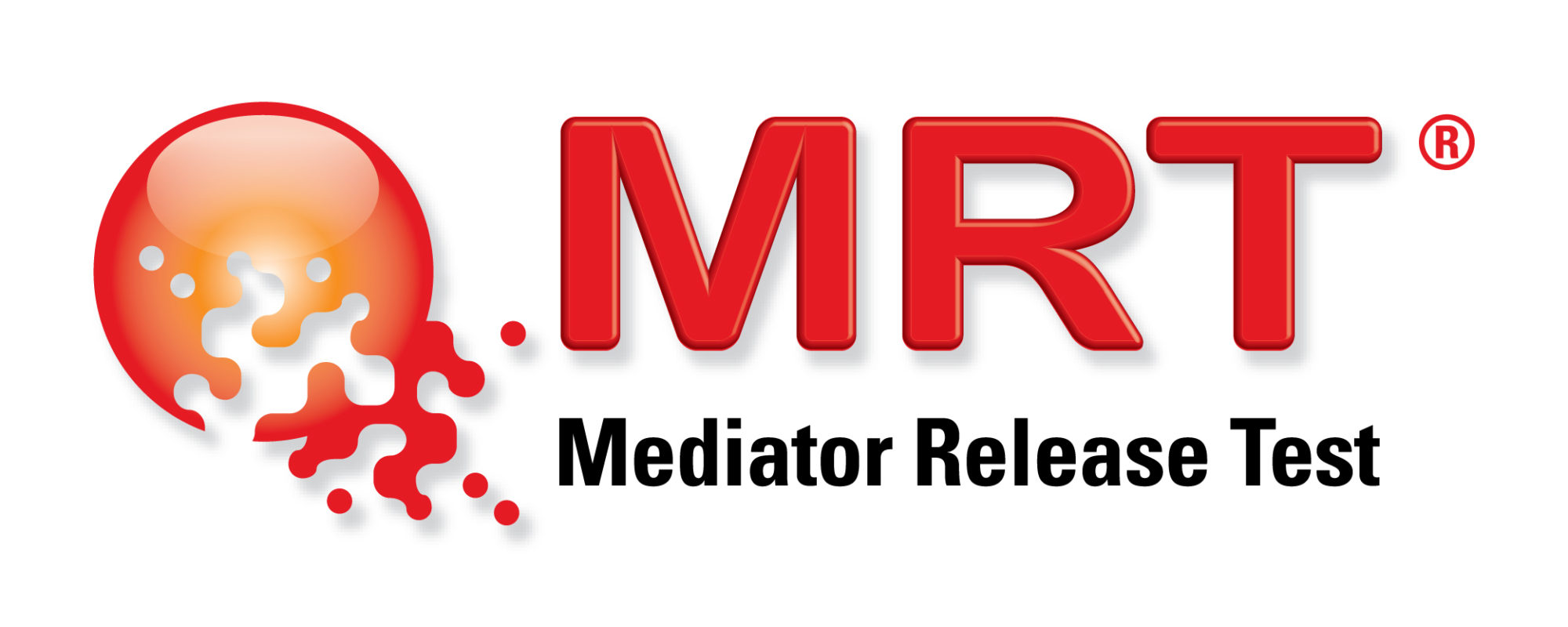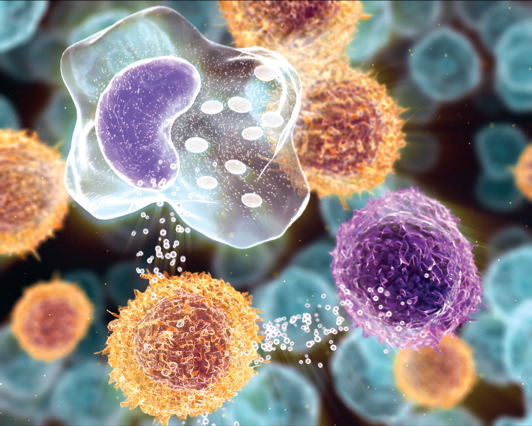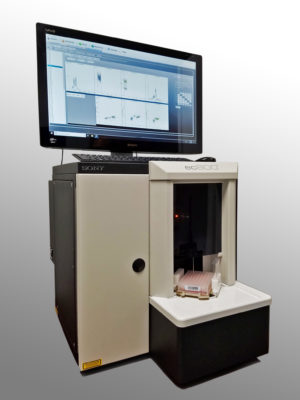MRT at a Glance
Functional
- Quantifies the inflammatory response to food & food-chemicals
- Accounts for clinical and subclinical inflammation
- Accounts for the widest range of inflammatory pathways
- Capable of measuring both innate and adaptive pathways
Highest Clinical Utility
- Gives information no other blood test can give
- Identifies your patients best foods
- Directly translates into a multi-step eating plan
Reliable
- 93.6% split sample reproducibility
Innovative
- Awarded 3 US Patents
- MRT: Canadian Patent No. 2,250,125
- MRT: U.S. Patent No. 6,114,174
- Ribbon Method of Cell Analysis: U.S. Patent No. 6,200,815
Why MRT is the Most Complete Blood Test for Sensitivities
Despite all of the clinical and immunologic complexities associated with food sensitivities, the single common component of all diet-induced inflammatory reactions is proinflammatory and proalgesic mediator release from white cells. It’s the release of cytokines, histamine, leukotrienes, prostaglandins, etc., from neutrophils, monocytes, eosinophils and, lymphocytes that lead to all the negative clinical effects a food-sensitivity sufferer endures. This is true under all of the numerous immunologic circumstances and clinical circumstances associated with food sensitivities. Because of the vast array of potential mediators and reacting cells, measuring volumetric changes in all circulating white cells after antigen challenge is the most logical, direct, comprehensive, and functional measure of food sensitivity reactions. It simply makes the most sense.
Research on MRT confirms this. Studies with the University of Miami and research presented at major medical conferences show that MRT is able to distinguish between symptomatic and asymptomatic populations, that MRT correlates with inflammation and symptoms, that diets based on MRT show significant symptom reduction, and that. MRT has excellent real-world reproducibility.
Conversely, a large body of research has shown that elevated mechanisms in food sensitivity, such as food-specific IgG or immune complexes, do not reliably correlate with inflammation or symptoms.
Mediator release is the key event that leads to every negative effect your patients suffer. What matters clinically is that mediator release, and thus an inflammatory response has occurred – not that a potential mechanism is elevated.
This is the clinical value of MRT . MRT is a functional measurement of diet-induced sensitivity pathways. MRT simplifies a highly complex reaction and translates that into the most useable clinical information you can get – quantifying the inflammatory response to foods and food chemicals.
Not only does MRT give insight into inflammation-provoking foods and food chemicals, but more importantly MRT identifies your patient’s BEST foods – the foods that form the basis of their LEAP Eating Plan.
Simply put, MRT gives you the information you can’t get any other way, and that information directly translates into targeted therapy that matters.
MRT is the foundation of fully addressing food sensitivities and achieving the maximum outcomes in the shortest period of time. This is our goal.



